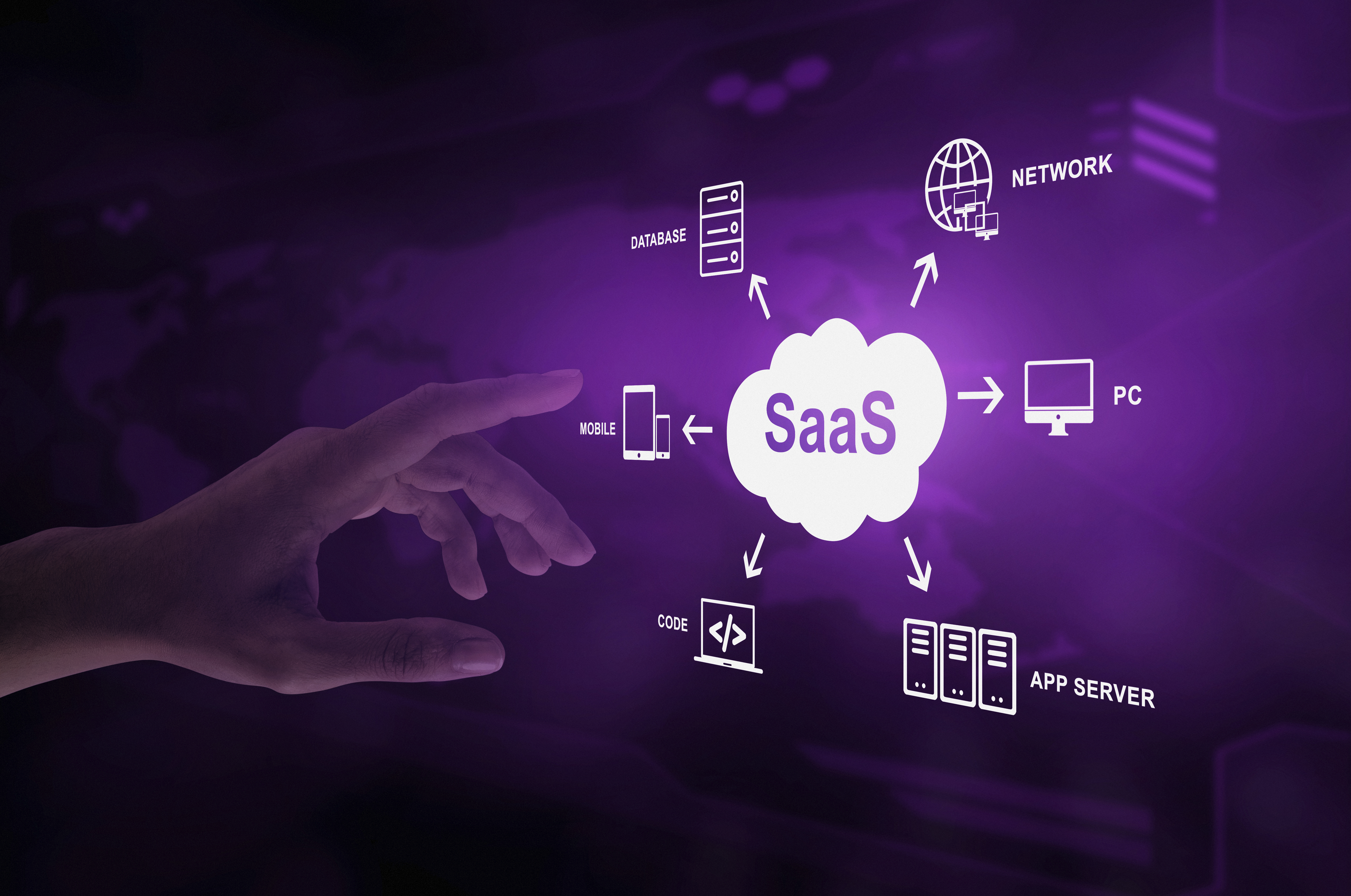
Emerging Capabilities & Voice of the User in Revenue Cloud Advanced
Introduction
Modern revenue operations require flexibility to adapt to dynamic business models. Salesforce Revenue Cloud Advanced (RCA) continuously evolves to meet these needs with emerging capabilities such as usage-based billing and ramp deals. These features offer powerful tools for subscription management, phased pricing, and consumption-based revenue tracking.
This blog, part of our Revenue Cloud Advanced series, will cover:
-
How usage-based and ramp deals function in RCA.
-
Real-world use cases highlighting benefits and challenges.
-
Feedback from the Salesforce community and early adopters.
-
Best practices to maximize value while mitigating limitations.
Understanding Usage-Based Products in RCA
Why Usage-Based Billing Matters
Traditional fixed-price subscription models are often insufficient for modern businesses offering scalable or consumption-driven services. Usage-based billing allows organizations to:
-
Charge customers based on actual consumption.
-
Align pricing with customer value and usage patterns.
-
Improve revenue accuracy and forecasting.
-
Enhance customer satisfaction by providing flexible billing options.
RCA supports usage-based products natively, integrating consumption tracking, automated invoicing, and revenue recognition.
Key Features of Usage-Based Products
-
Consumption Tracking: Automatically captures usage events, such as API calls, storage consumption, or service hours.
-
Dynamic Billing: Invoices reflect actual usage, with ramp-up or discount rules applied as necessary.
-
Integration with DRO: Usage events trigger fulfillment and billing actions seamlessly.
-
Predictive Analytics: Forecast revenue based on historical and projected usage patterns.
-
Tiered Pricing: Support for different usage levels, with pricing changes automatically applied as thresholds are met.
Benefits
-
Accurate revenue recognition based on consumption.
-
Flexibility for customers to scale services up or down.
-
Enhanced visibility for finance teams to predict cash flow.
-
Alignment between service delivery and billing, reducing disputes.
Limitations
-
Complexity in configuration and integration with ERP or billing systems.
-
Requires robust tracking and monitoring to avoid revenue leakage.
-
Potential for disputes if usage measurement is inaccurate or delayed.
Understanding Ramp Deals in RCA
What Are Ramp Deals?
Ramp deals allow subscription pricing to increase or decrease over time based on pre-defined schedules. This is particularly useful for:
-
New customer onboarding with promotional pricing.
-
Gradual increases in subscription tiers as adoption grows.
-
Phased revenue recognition aligned with customer growth.
Key Features of Ramp Deals
-
Time-Based Pricing Adjustments: Automate changes in subscription pricing over months or quarters.
-
Integration with Billing and DRO: Ramp adjustments automatically reflect in invoices and fulfillment workflows.
-
Scenario Simulation: Test ramp schedules before activation to understand revenue impact.
-
Multi-Product Support: Apply ramp deals to bundles or multiple subscription lines simultaneously.
Benefits
-
Facilitates customer adoption with predictable pricing.
-
Supports phased revenue recognition for financial planning.
-
Reduces manual adjustments and errors in long-term subscription contracts.
Limitations
-
Requires careful planning to avoid revenue recognition errors.
-
May complicate reporting and forecasting if not configured properly.
-
Complex multi-product ramps may require additional setup and monitoring.
Community Feedback and Voice of the User
Positive Feedback
-
SaaS Companies: Appreciate automated ramp deals for onboarding large client accounts.
-
Telecom Providers: Value usage-based billing for tiered consumption models.
-
Finance Teams: Benefit from accurate revenue recognition and predictive analytics.
Challenges Highlighted
-
Implementation Complexity: Initial setup for usage-based and ramp deals can be resource-intensive.
-
Integration Needs: ERP, billing, and DRO systems must be fully aligned.
-
User Training: Sales and operations teams need guidance to manage ramp schedules and monitor usage accurately.
Best Practices for Usage-Based & Ramp Deals
-
Define clear rules for usage events and ramp schedules to avoid errors.
-
Test scenarios in a sandbox environment before deployment.
-
Monitor consumption data regularly to ensure billing accuracy.
-
Leverage analytics dashboards to forecast revenue and adjust ramps proactively.
-
Train sales, finance, and operations teams to understand the workflows and dependencies.
Real-World Use Cases
-
SaaS Company: Implements ramp deals for new enterprise customers, gradually increasing subscription pricing over six months while tracking actual usage for billing.
-
Telecom Provider: Uses usage-based billing to charge for variable data consumption, integrating DRO to manage service delivery.
-
Manufacturing Enterprise: Applies ramp pricing for bundled services, tracking product adoption while automating billing adjustments.
These examples show how RCA empowers organizations to manage flexible revenue models while highlighting the importance of planning, monitoring, and training.
Conclusion
Emerging capabilities such as usage-based billing and ramp deals demonstrate RCA’s adaptability for modern revenue operations. While these features offer significant benefits in flexibility, revenue accuracy, and customer satisfaction, organizations must address configuration complexity, integration requirements, and user adoption.
By leveraging community feedback and following best practices, businesses can harness these capabilities effectively to:
-
Align billing with actual consumption.
-
Support phased pricing models and customer growth.
-
Reduce manual intervention and errors.
-
Enhance forecasting, analytics, and revenue recognition.
RCA’s evolving capabilities ensure that organizations can meet the demands of dynamic business models, streamline revenue operations, and improve both customer experience and operational efficiency.



